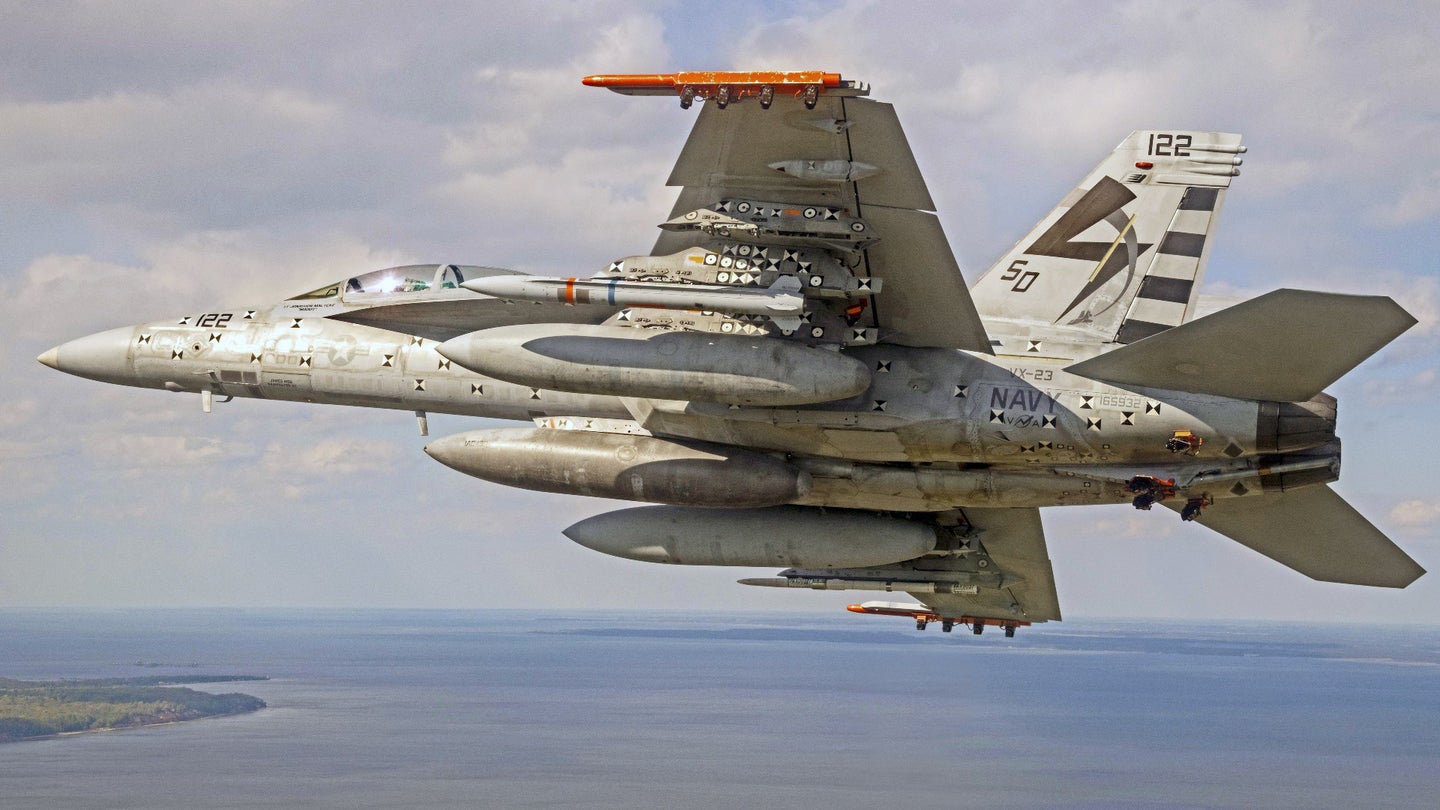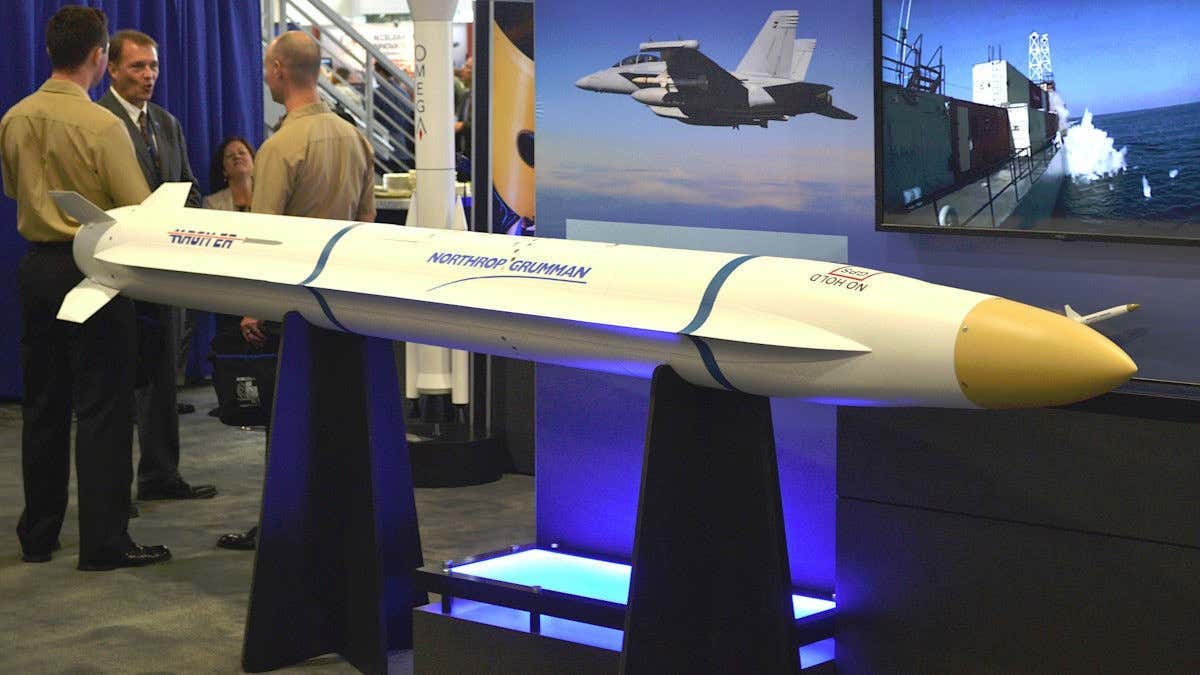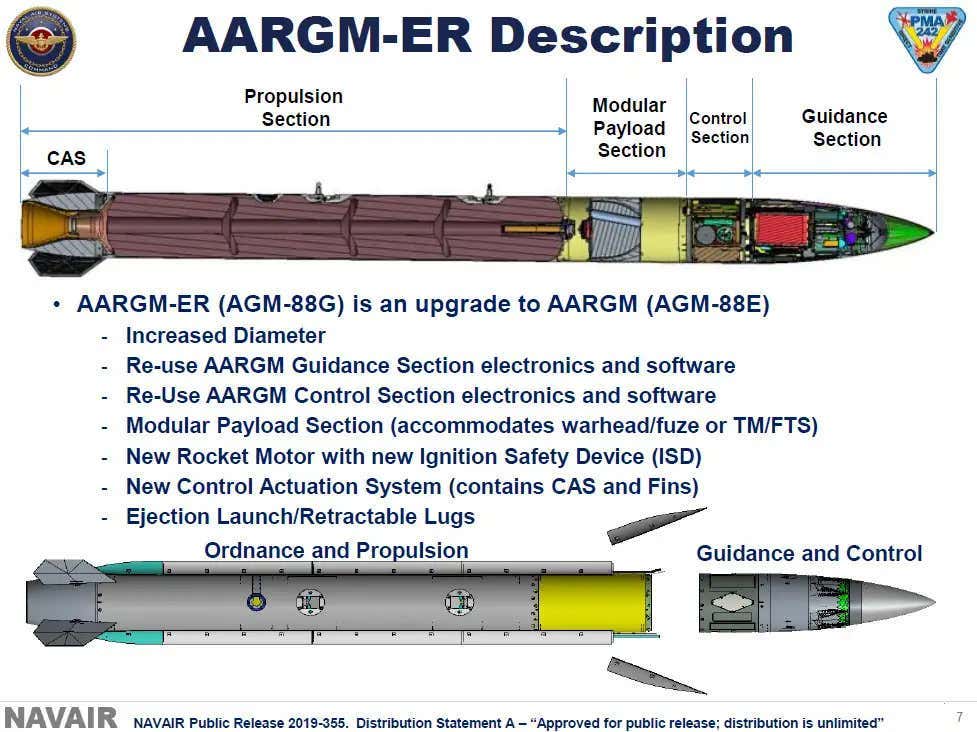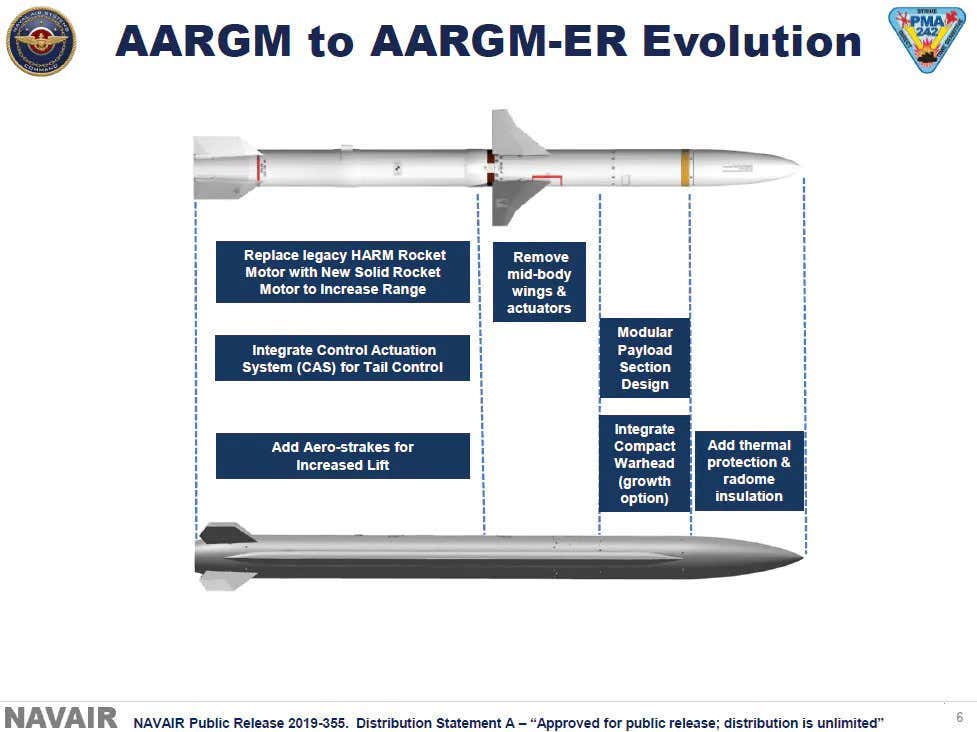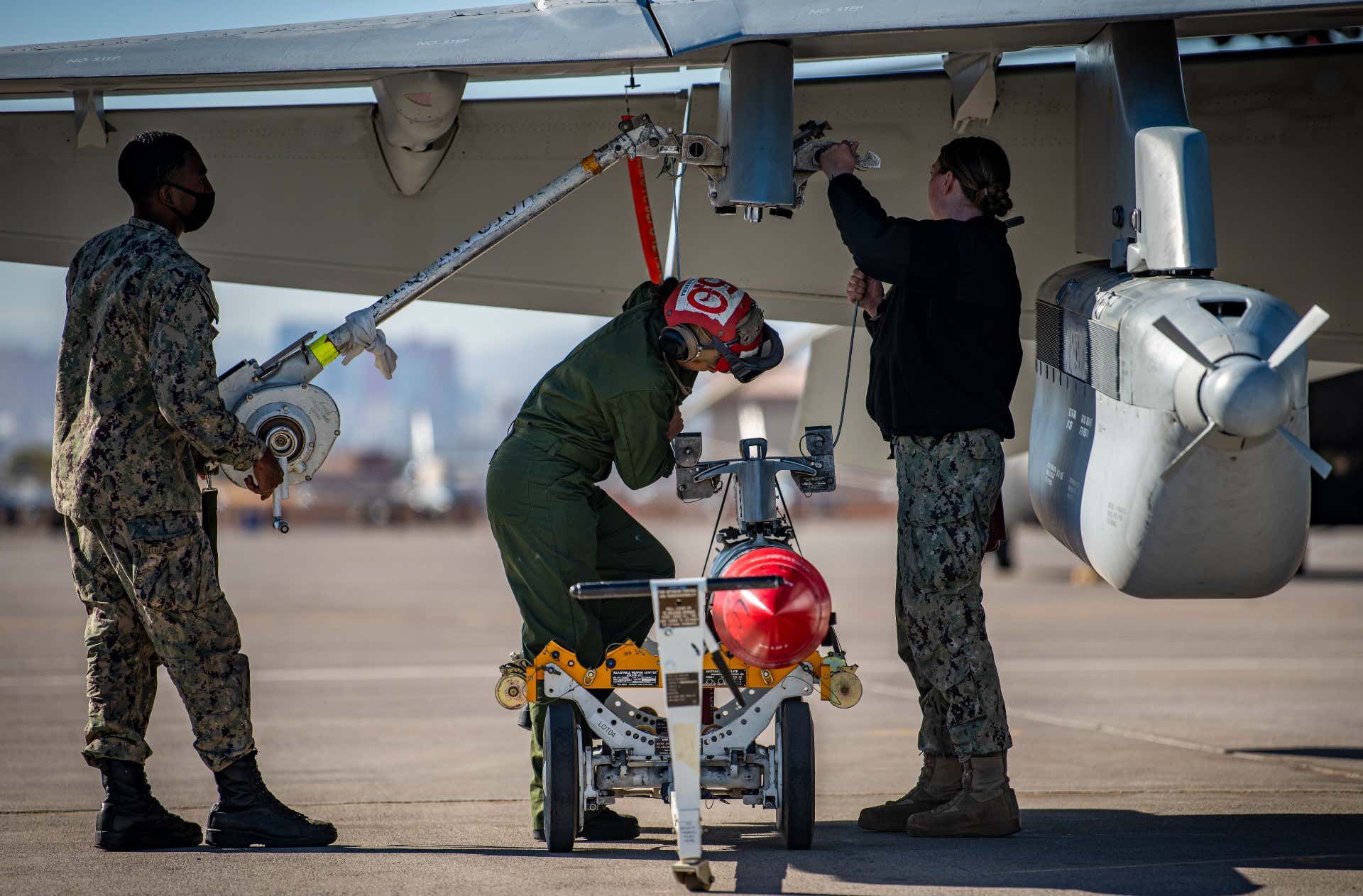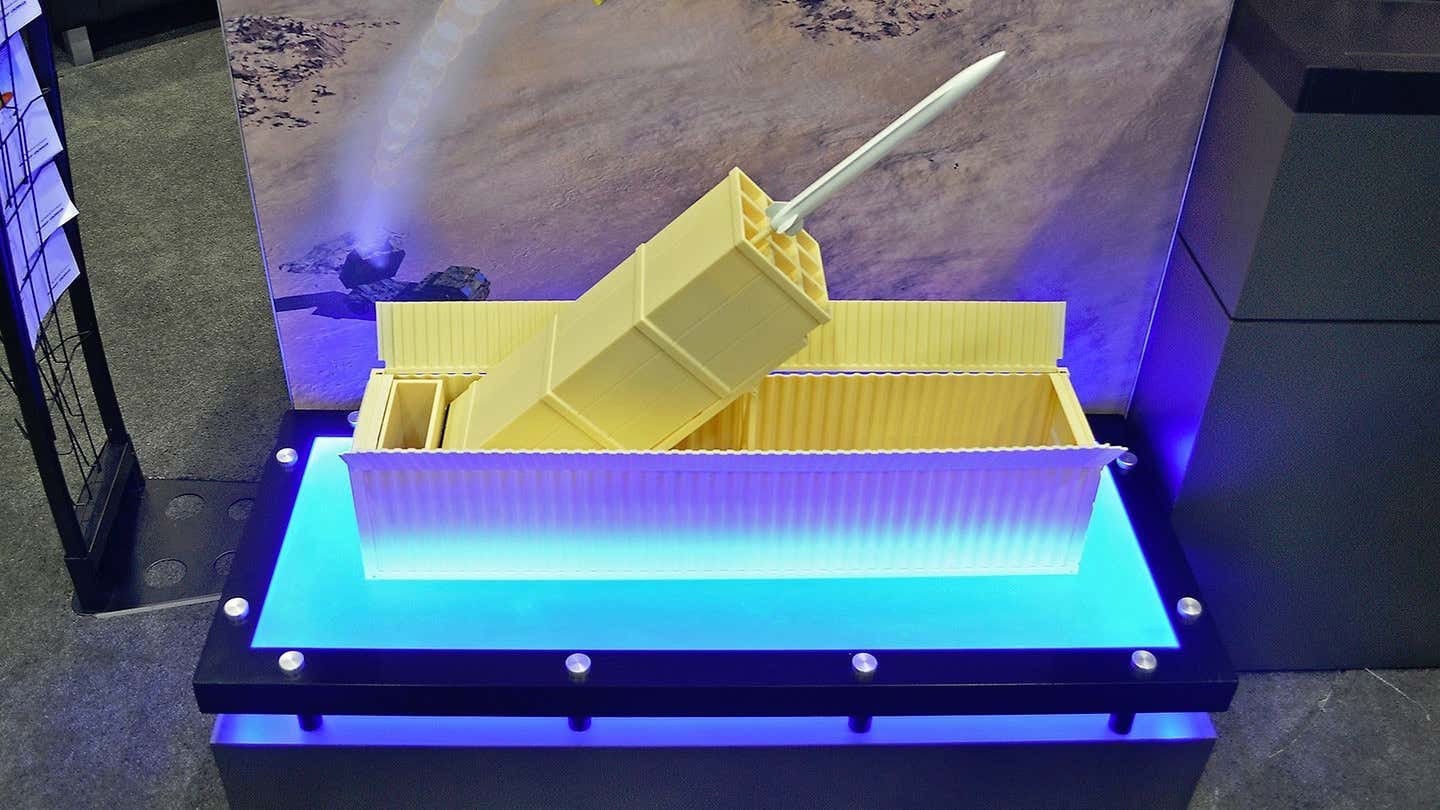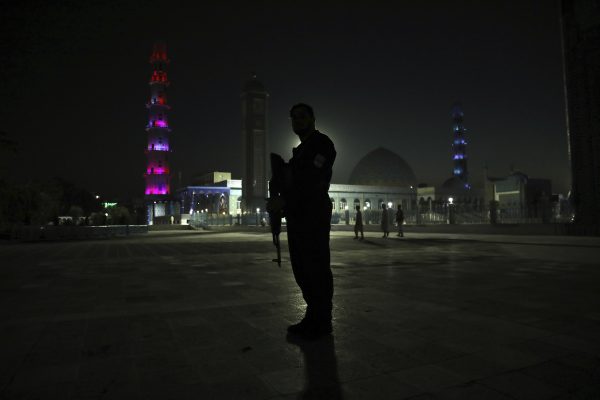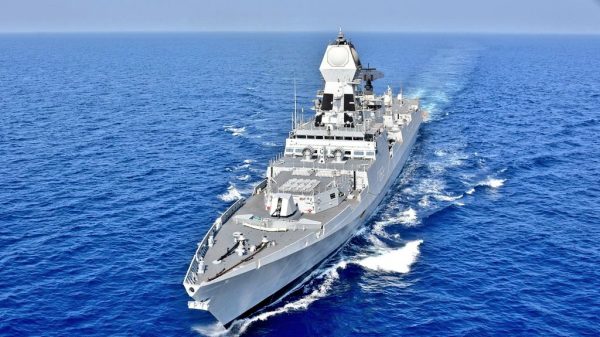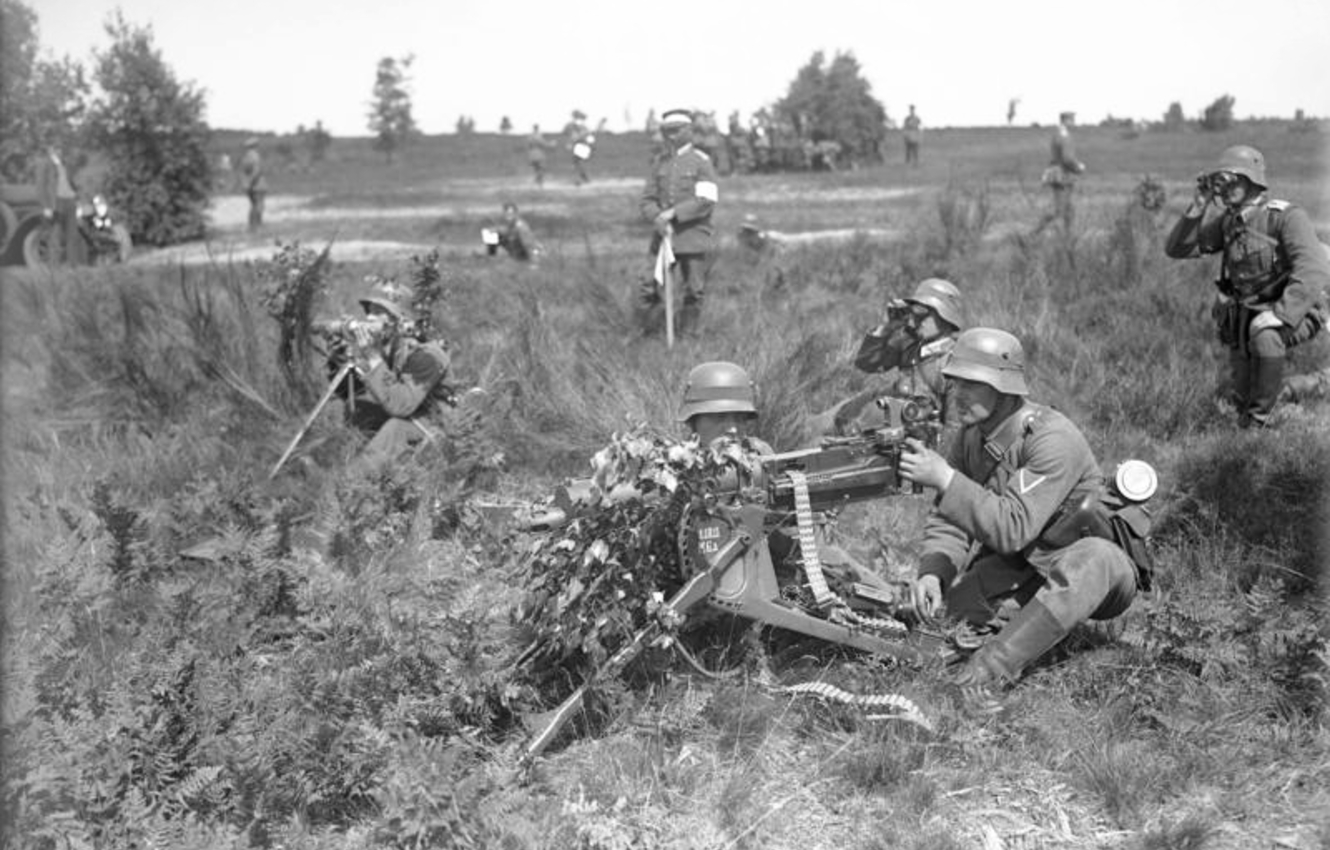(481) 07-10-2021-to-07-16-2021__****THE****WINDS****of****WAR****
(482) 07-17-2021-to-07-23-2021__****THE****WINDS****of****WAR****
(483)
07-24-2021-to-07-30-2021__****THE****WINDS****of****WAR****
______________________________________
Israeli-operated ship attacked near Oman amid Iran tensions: reports of casualties now confirmed
_______________________________________
Posted for fair use.....

 www.lmtonline.com
www.lmtonline.com
Three men charged with trying to buy guns in US to bring to Mexico for cartel
Zach Davis, LMTonline.com / Laredo Morning Times
July 30, 2021Updated: July 30, 2021 4:24 p.m.
A trio of men are facing federal charges for their roles on behalf of the Cartel del Noreste, according to U.S. Attorney Jennifer B. Lowery on Thursday.
Luis Ramos, 43, made his initial appearance in front of U.S. Magistrate Judge Christoper A. Dos Santos Thursday.
Ramos was taken into custody Tuesday. The Rio Bravo native was charged along with Mexican national Manuel Perez-Ortiz, 39, and Rio Bravo’s Arturo Mata Jr., 55.
The men are making their appearances in a Laredo court. Assistant U.S. Attorney Jennifer Day is the prosecutor.
The men were charged with conspiracy to commit money laundering and conspiracy to export firearms to Mexico. They face up to 20 years in prison for the money laundering conspiracy as well as a maximum $500,000 fine or twice the value of the property involved in the transaction.
The men also face three money laundering counts including international money laundering, which carry the same penalty. And conspiracy to export firearms charge carries a possible five-year sentence and a maximum $250,000 fine.
The U.S. Attorney’s Office stated they will be in federal court again Aug. 12. A five-count indictment was returned on May 18.
The men are charged with allegedly buying half a million worth of high-powered weapons in May of 2020. These include machine guns, grenades, military-style rifles and rocket-propelled launchers. The indictment states the weapons were to be bought in the U.S. and smuggled into Mexico, and those associated with the CDN were to use them to battle rival cartels and assist in drug smuggling activities, the charges state.
Perez-Ortiz was allegedly sent to Laredo for the purchase.
In June of 2020, Ramos and Mata allegedly drover Perez-Ortiz to meetings to discuss the exchange, and Mata provided counter-surveillance, according to the indictment.
Ramos and Perez-Ortiz were arrested on June 19, 2020 and $500,000 was seized.
The U.S. Attorney’s Office stated that the investigation was done by the Blue Indigo task force and part of the Organized Crime Drug Enforcement Task Force as part of an investigation called Operation Noreste.
OCDETF is the largest anti-crime task force in the country and states it is tasked to disrupt and dismantle the most significant drug trafficking and transnational criminal organizations that threaten the United States through prosecutor-led, intelligence-driven, multi-agency task forces that leverage the authorities and expertise of federal, state and local law enforcement.
The Drug Enforcement Administration and the Laredo Police Department conducted the investigation with the assistance of the Bureau of Alcohol, Tobacco, Firearms and Explosives, the U.S. Customs and Border Protection, the U.S. Marshals Service and — along with the Bllue Indigo task force — Border Patrol.
(482) 07-17-2021-to-07-23-2021__****THE****WINDS****of****WAR****
(483)
07-24-2021-to-07-30-2021__****THE****WINDS****of****WAR****
______________________________________
Israeli-operated ship attacked near Oman amid Iran tensions: reports of casualties now confirmed
_______________________________________
Posted for fair use.....

Three men charged with trying to buy guns in US to bring to Mexico for cartel
A trio of men are facing federal charges for their roles on behalf of the Cartel del...
Three men charged with trying to buy guns in US to bring to Mexico for cartel
Zach Davis, LMTonline.com / Laredo Morning Times
July 30, 2021Updated: July 30, 2021 4:24 p.m.
A trio of men are facing federal charges for their roles on behalf of the Cartel del Noreste, according to U.S. Attorney Jennifer B. Lowery on Thursday.
Luis Ramos, 43, made his initial appearance in front of U.S. Magistrate Judge Christoper A. Dos Santos Thursday.
Ramos was taken into custody Tuesday. The Rio Bravo native was charged along with Mexican national Manuel Perez-Ortiz, 39, and Rio Bravo’s Arturo Mata Jr., 55.
The men are making their appearances in a Laredo court. Assistant U.S. Attorney Jennifer Day is the prosecutor.
The men were charged with conspiracy to commit money laundering and conspiracy to export firearms to Mexico. They face up to 20 years in prison for the money laundering conspiracy as well as a maximum $500,000 fine or twice the value of the property involved in the transaction.
The men also face three money laundering counts including international money laundering, which carry the same penalty. And conspiracy to export firearms charge carries a possible five-year sentence and a maximum $250,000 fine.
The U.S. Attorney’s Office stated they will be in federal court again Aug. 12. A five-count indictment was returned on May 18.
The men are charged with allegedly buying half a million worth of high-powered weapons in May of 2020. These include machine guns, grenades, military-style rifles and rocket-propelled launchers. The indictment states the weapons were to be bought in the U.S. and smuggled into Mexico, and those associated with the CDN were to use them to battle rival cartels and assist in drug smuggling activities, the charges state.
Perez-Ortiz was allegedly sent to Laredo for the purchase.
In June of 2020, Ramos and Mata allegedly drover Perez-Ortiz to meetings to discuss the exchange, and Mata provided counter-surveillance, according to the indictment.
Ramos and Perez-Ortiz were arrested on June 19, 2020 and $500,000 was seized.
The U.S. Attorney’s Office stated that the investigation was done by the Blue Indigo task force and part of the Organized Crime Drug Enforcement Task Force as part of an investigation called Operation Noreste.
OCDETF is the largest anti-crime task force in the country and states it is tasked to disrupt and dismantle the most significant drug trafficking and transnational criminal organizations that threaten the United States through prosecutor-led, intelligence-driven, multi-agency task forces that leverage the authorities and expertise of federal, state and local law enforcement.
The Drug Enforcement Administration and the Laredo Police Department conducted the investigation with the assistance of the Bureau of Alcohol, Tobacco, Firearms and Explosives, the U.S. Customs and Border Protection, the U.S. Marshals Service and — along with the Bllue Indigo task force — Border Patrol.



